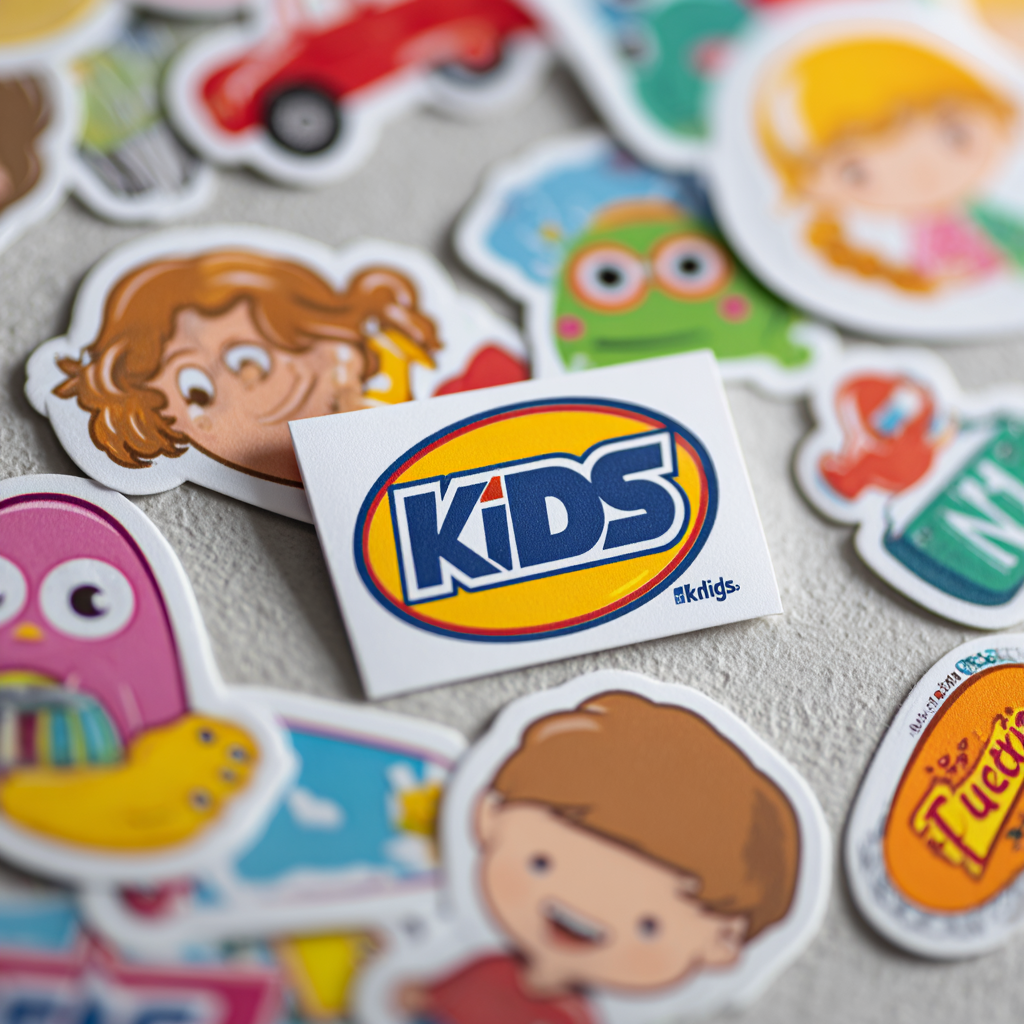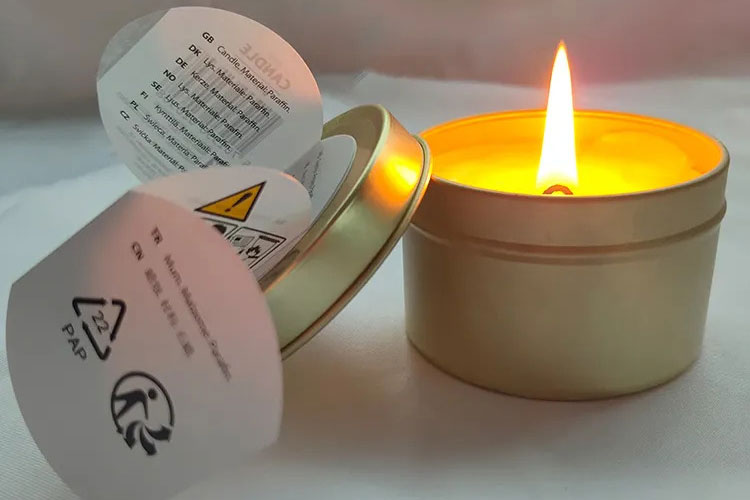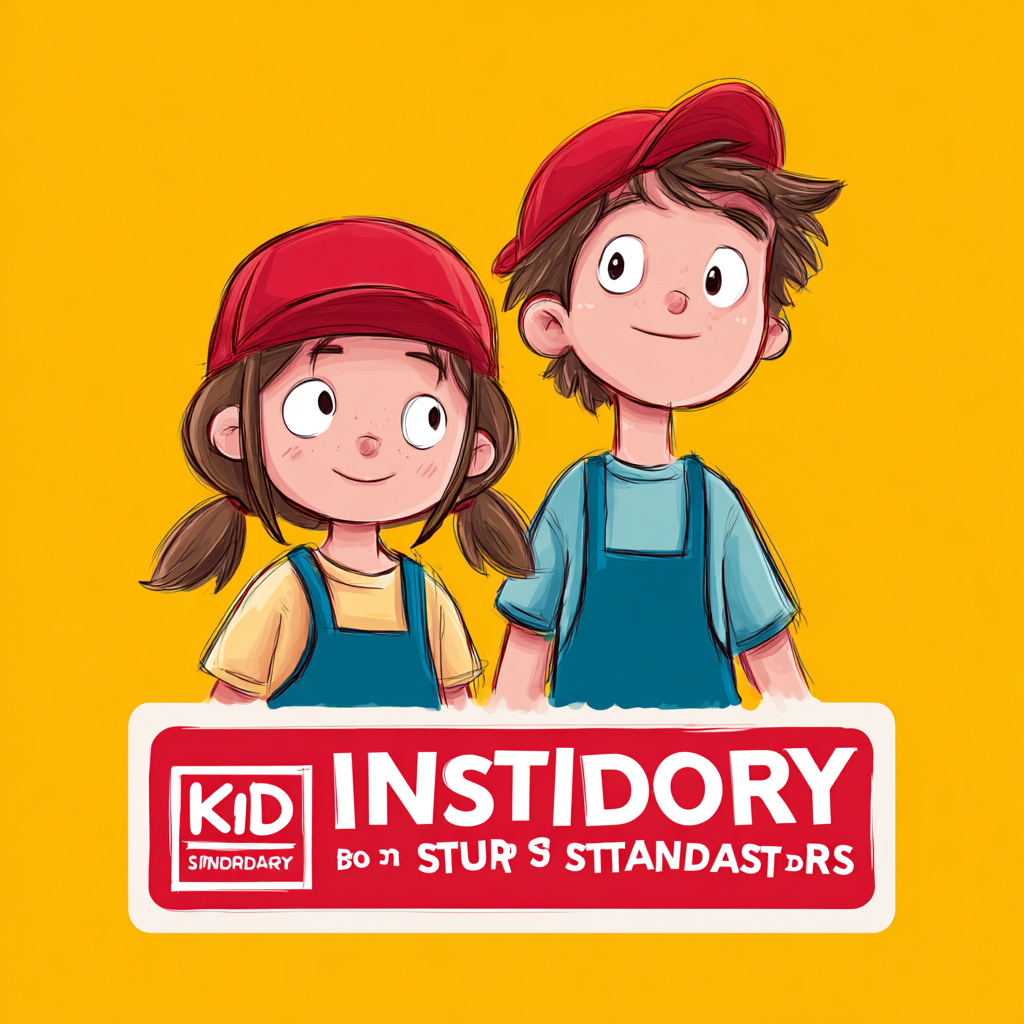Understanding Industry Standards for the Best Kids Stickers Production
As the market for Kids Stickers continues to flourish, reaching an estimated value of over $1 billion, understanding the industry standards for their production becomes increasingly vital. According to a recent report by Statista, the stickers segment targeted at children has seen a consistent annual growth rate of approximately 5% over the past few years, indicating a robust demand fueled by the rising popularity of personalized and interactive products.
Industry standards not only ensure safety and quality but also influence the design and educational value of Kids Stickers, making it essential for producers to comply with regulations such as ASTM D4236 and EN 71 for non-toxicity. By familiarizing themselves with these benchmarks, manufacturers can enhance their product appeal while safeguarding the wellbeing of their young consumers, ultimately leading to sustained growth in this vibrant sector.
Current Trends in Kids Stickers Production and Market Demands for 2025
As we look ahead to 2025, the kids' stickers production landscape is rapidly evolving to meet changing market demands.
One significant trend is the increasing emphasis on sustainability. Parents are becoming more environmentally conscious, seeking stickers made from non-toxic, biodegradable materials.
Manufacturers are responding by incorporating eco-friendly practices into their production processes, aiming to create vibrant, durable stickers that leave less of a footprint on the planet.

Another emerging trend is the customization of kids' stickers. With the rise of digital technology, children and parents can now create personalized stickers featuring their favorite themes, characters, or messages.
This shift towards bespoke designs not only enhances engagement but also allows for a greater connection between the products and their young users.
Additionally, the use of augmented reality (AR) in stickers is gaining traction, creating interactive experiences that captivate children's imaginations and elevate playtime enjoyment.
These innovations will not only meet the current market demands but also set the stage for a dynamic future in children’s sticker production.
Key Industry Standards Shaping Quality and Safety in Kids Stickers
When it comes to kids stickers, adherence to industry standards is crucial for ensuring product quality and safety. Recent investigations have highlighted concerns about unregulated products flooding the market, particularly with children's tattoo stickers and decorative stickers. A report by industry analysts reveals that the demand for kids' decorative stickers has surged, leading to a parallel rise in substandard products, often lacking proper safety certifications. It's estimated that over 30% of available children's stickers do not meet established safety guidelines, posing potential health risks due to harmful materials.
One critical aspect of these standards is the requirement for non-toxic inks and materials, which are essential to prevent allergic reactions or skin irritations in children. The latest safety reports stress the importance of ensuring that all stickers intended for kids are tested and certified under recognized safety protocols. Furthermore, as the crafting trend of decorative stickers gains popularity, particularly in journals, the industry must push for greater standardization. Establishing clear production regulations and ensuring compliance will not only safeguard children's health but also enhance trust in products within the toddler and pre-teen markets.
Innovative Materials and Technologies Revolutionizing Kids Stickers
In recent years, the kids' stickers industry has witnessed a significant transformation driven by innovative materials and technologies. The global market for stickers is estimated to reach $60 billion by 2027, growing at a CAGR of 5.4% from 2020 according to a recent market research report. This growth can be attributed to advancements in printing technology and the use of eco-friendly materials, allowing manufacturers to produce high-quality stickers that are safe for children.
Among the revolutionary materials gaining traction are biodegradable substrates, which not only cater to the rising demand for environmentally responsible products but also ensure safety for young users. For instance, the use of water-based inks has increased by 35% in the last three years, highlighting a shift towards non-toxic, child-friendly options. Additionally, digital printing technology is enhancing the customization capabilities of stickers, allowing for intricate designs and personalized themes that resonate with children's interests, leading to higher consumer satisfaction and engagement.
Innovative technologies such as 3D printing are also making waves in the industry, providing a unique tactile experience that adds value to traditional flat stickers. A study by Smithers Pira indicates that the integration of 3D elements in sticker production could boost market appeal, particularly among older children who seek more interactive and dynamic products. As the industry continues to evolve, manufacturers that invest in these innovative practices will be better positioned to capture the attention of young consumers and their parents alike.
Competitive Analysis: Leading Brands and Their Market Strategies
In the ever-evolving landscape of the kids' stickers production industry, competitive analysis reveals pivotal insights into leading brands and their market strategies. As the market steadily grows, brands are focusing on innovative designs and sustainable materials to capture the attention of both parents and children. Many top players emphasize collaborations with popular media franchises, integrating beloved characters into their sticker collections, which enhances their appeal and drives sales.
Moreover, these brands are leveraging digital marketing strategies to engage their audience effectively. Social media platforms have become vital in building brand awareness and nurturing community engagement. Companies are also harnessing user-generated content to deepen connections with their consumers, encouraging customers to showcase their unique sticker applications. As they continue to refine their approaches, understanding shifting consumer preferences and adopting flexible strategies will be crucial for remaining competitive in this vibrant market segment.
Future Opportunities and Challenges in Kids Stickers Production by 2025
The production of kids stickers is evolving rapidly, with a variety of future opportunities on the horizon by 2025. One of the most significant trends is the integration of sustainable materials into sticker production. As parents and educators increasingly advocate for eco-friendly products, manufacturers are looking to create stickers using biodegradable and non-toxic materials. This shift not only addresses environmental concerns but also positions companies to capture a growing market segment that values sustainability.

However, along with these opportunities come challenges that industry players must navigate. The rising demand for customization and personalization in kids stickers means that production processes must adapt to accommodate short runs and unique designs without compromising cost-effectiveness. Additionally, the onset of advanced technologies like 3D printing and augmented reality is reshaping how stickers are conceptualized and created. Companies will need to invest in these technologies to stay competitive while also ensuring that their workforce is equipped with the skills to operate them efficiently. Balancing innovation with operational capabilities will be crucial for success in the dynamic landscape of kids sticker production by 2025.







